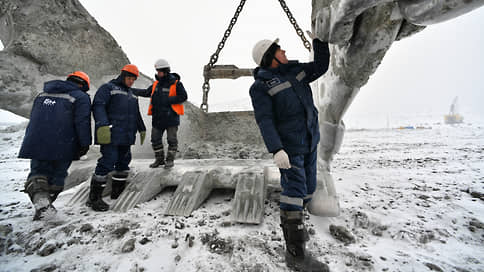How sanctions affected the economy of Russian regions

The hot theme of the fresh issue of the magazine of the New Economic Association is the adaptation of regions to sanctions, including the publication of the study ordered by the state Natalya Zubarevich from the Faculty of Geographical Faculty of Moscow State University on the impact of restrictions on the development of regions in 2022–2024. The dynamics of prey, processing and retail for three years increasing the result (2022–2024 by 2021) with the allocation of regions of various specialization with an expert assessment of the quality of their statistics and taking into account the base effect were evaluated. The regions with a significant degree of production were most affected (see schedule), especially coal, although this was facilitated by the fall of world prices and the problems of logistics. The decline in the oil regions, mainly in the Khanty-Mansi AO, was weaker, and in the leading region of gas production-Yamalo-Nenets AO-was not associated with sanctions and almost overcome. The decrease continues in the regions of iron ore and raw materials for fertilizers. The Far East, while he won the “turn to the east” only in prey, which led to the rapid growth of the industry in Yakutia (new deposits of coal, oil and gas), while in processing the share of the region is minimal.
In the suction industry (in the regions of forest processing, ferrous and non -ferrous metallurgy), the dynamics deteriorated in three years: growth rates were lower than average or a decline was noted. “Against their background, the rapid growth of regions with the military -industrial complex stands out – they were not affected by sanctions aimed at restricting the import of components, including electronics,” the author concludes. Regions with the presence of an auto industry vary: in the Kaliningrad region – a decline; In Kaluga – growth at the expense of other processing, and in the Samara and Ulyanovsk regions, the dynamics is better due to import supplies of the necessary components from China and the growth of the industries of the military -industrial complex.
Retail in Russia, despite the sanctions and departure of large foreign trading companies and automakers, has recovered and grew up in the vast majority of regions due to parallel imports and the influx of Chinese machines. “However, growth rates in the regions are not always explained, including an insurmounted decline in retail trade in Moscow,” concludes Ms. Zubarevich, calling to critically evaluate regional statistics “in the turbulent conditions of the 2020s”.








